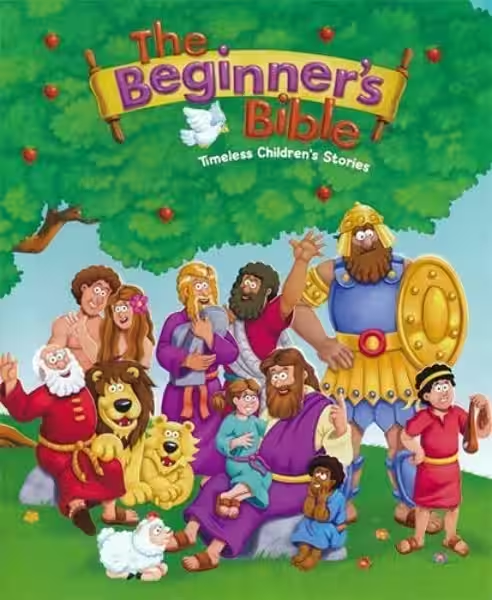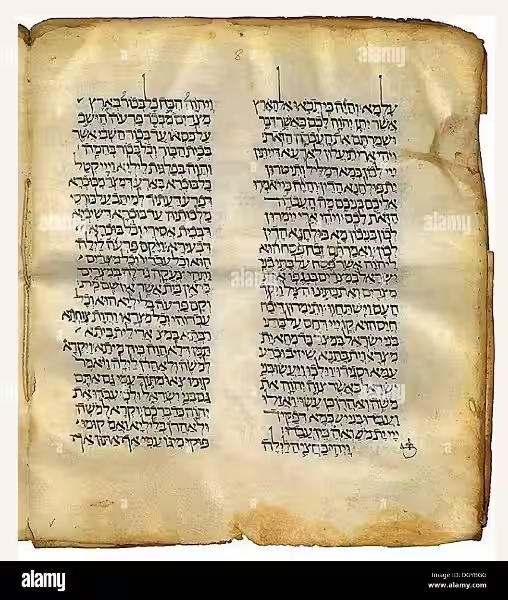Understanding the Transparent Bible: A New Approach to Sacred Texts?

The Original Bible Project's ambitious undertaking, the Transparent English Bible (TEB), promises a fresh perspective on biblical translation. While numerous established translations exist, the TEB aims for something unique, claiming a level of clarity and accessibility that surpasses its predecessors. But what exactly makes this Transparent Bible different, and what are its implications for biblical scholarship and personal faith?
The Need for a “Transparent” Bible
The project's driving force appears to be a desire for greater transparency in biblical translation. Existing translations, while valuable, often prioritize readability and theological nuance over a strictly literal rendering of the original Hebrew and Greek texts. This can lead to interpretations shaped by the translators' own biases or the cultural context of their time.
The TEB attempts to mitigate this by striving for a more direct translation, aiming to show the reader the original text as clearly as possible. This isn't to say it's a word-for-word translation, as even that approach presents its challenges in conveying meaning between languages. Rather, the emphasis seems to be on reducing interpretative layers to make the original meaning more readily apparent. The goal, it seems, is to provide a foundation for more informed understanding and discussion.
How Does the TEB Approach Translation Differently?
The information currently available on the TEB’s methodology remains limited. The project's website and promotional materials emphasize the translation's "uniqueness" and "unprecedented" nature, but concrete details are scarce. This lack of transparency ironically undermines the very transparency the project advocates for.
Without access to detailed information regarding the specific translation principles employed, textual basis used (e.g., Masoretic Text, Septuagint), and the target audience, any assessment remains incomplete. It's crucial to understand whether the TEB prioritizes a particular theological perspective or aims for a more neutral approach. This information is vital for potential users to determine if its interpretive lens aligns with their own.
Comparison with Existing Translations
The TEB finds itself in established company. Numerous reputable translations already exist, each with its own strengths and weaknesses: the NASB, NIV, NKJV, NEB, NJB, and NRSV, to name a few. These translations represent decades, even centuries, of scholarly work. They have undergone rigorous review and refinement, and are widely used in academic and religious settings.
To claim superiority over these established versions, the TEB needs to clearly articulate the specific ways it improves upon them. Simply claiming "uniqueness" isn't sufficient. Concrete examples illustrating the TEB's superior clarity and accessibility, compared to existing translations of similar passages, would significantly strengthen its claim.
The Transparent Bible: Challenges and Potential
The TEB project faces several challenges. The first is the inherent complexity of biblical translation. The original texts are ancient, often ambiguous, and contain nuances lost in translation. No translation can perfectly capture the original meaning, and any attempt to do so requires making difficult choices.
Another significant challenge lies in the lack of readily available information. The reliance on external resources—the project's website—hinders independent assessment. This lack of transparency, ironically, creates uncertainty about the project's aims and methodology. A more open and detailed presentation of the project's rationale, methodologies, and textual basis would significantly improve its credibility and foster greater trust.
Potential Benefits and Impact
Despite these challenges, the TEB's potential benefits are intriguing. If successful in achieving its stated aims, the Transparent English Bible could offer a valuable resource for biblical study. Its purported commitment to a transparent and accessible translation might make the Bible more approachable for new readers and facilitate more informed discussions among scholars.
Ultimately, the success of the Transparent Bible hinges on several factors. Its reception by both academic and religious communities will be critical. Scholarly reviews assessing its accuracy, methodology, and contribution to biblical scholarship will be vital in determining its place within the existing landscape of Bible translations. Furthermore, the TEB must successfully convey its message and demonstrate its unique value proposition to become a widely used and appreciated resource.
In conclusion, the Transparent English Bible is an ambitious project with the potential to make a valuable contribution to biblical studies. However, the scarcity of information surrounding its specific methodology and underlying principles necessitates a cautious approach. Only through greater transparency and independent scrutiny can the TEB's true value and impact be fully assessed. Further investigation and critical engagement with the project's website are essential for a complete understanding of its claims and potential contributions.
Frequently Asked Questions about the Transparent English Bible (TEB)
What is the Transparent English Bible (TEB)?
The Transparent English Bible is a new English translation of the Bible being developed by The Original Bible Project under the direction of James Tabor. It aims for a unique and unprecedented approach to translation, prioritizing clarity and a direct rendering of the original Hebrew and Greek texts. Unlike many existing translations that prioritize readability above all else, the TEB strives for transparency, allowing readers to more easily understand the nuances of the original languages.
How does the TEB differ from other Bible translations?
While numerous reputable Bible translations exist (NASB, NIV, NKJV, etc.), the TEB distinguishes itself by its commitment to a "transparent" approach. This means it attempts to render the original Hebrew and Greek as directly and literally as possible, while still maintaining readability. The exact nature of these differences, and how they compare to existing translations, requires further investigation directly with the Original Bible Project.
What is the project's methodology?
Specific details regarding the TEB's translation principles, textual basis (e.g., Masoretic Text, Septuagint), and target audience are not readily available publicly. To understand the project's methodology, interested parties are encouraged to contact The Original Bible Project directly or visit their website.
When will the entire TEB be completed?
A publicly stated completion date for the TEB has not been announced. The project is ongoing, with portions of the Bible already translated and published (e.g., Genesis). Further information on the timeline for completion should be sought from The Original Bible Project.
Where can I find more information about the TEB?
For detailed information on the TEB's methodology, theological underpinnings, and future release plans, please visit The Original Bible Project's website or contact them directly. The information currently available is limited, and the project relies heavily on direct engagement with interested parties for dissemination of information.
Is the TEB suitable for all audiences?
The target audience for the TEB is not explicitly defined. Given its focus on transparency and a direct rendering of the original languages, it may be more suitable for readers with some familiarity with biblical languages or those seeking a more literal translation. However, this is an assumption, and further clarification should be sought from the Original Bible Project.








